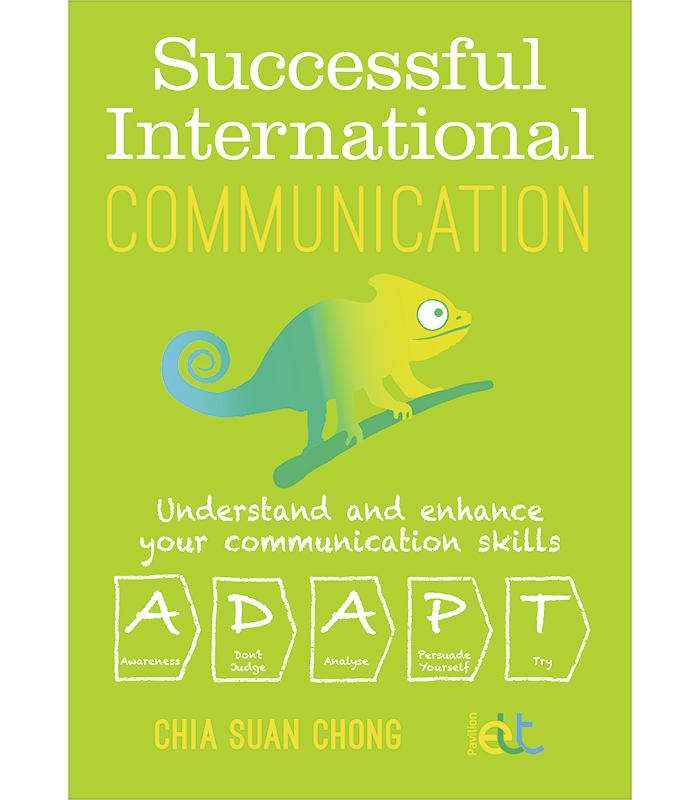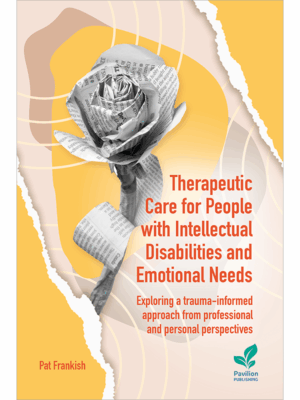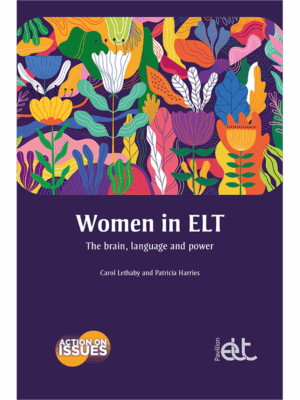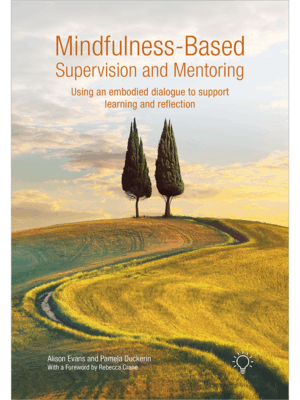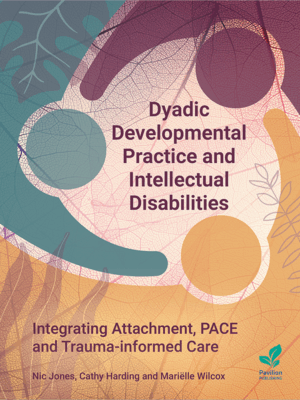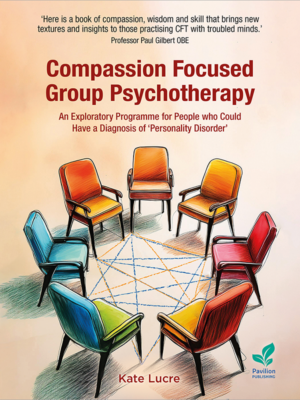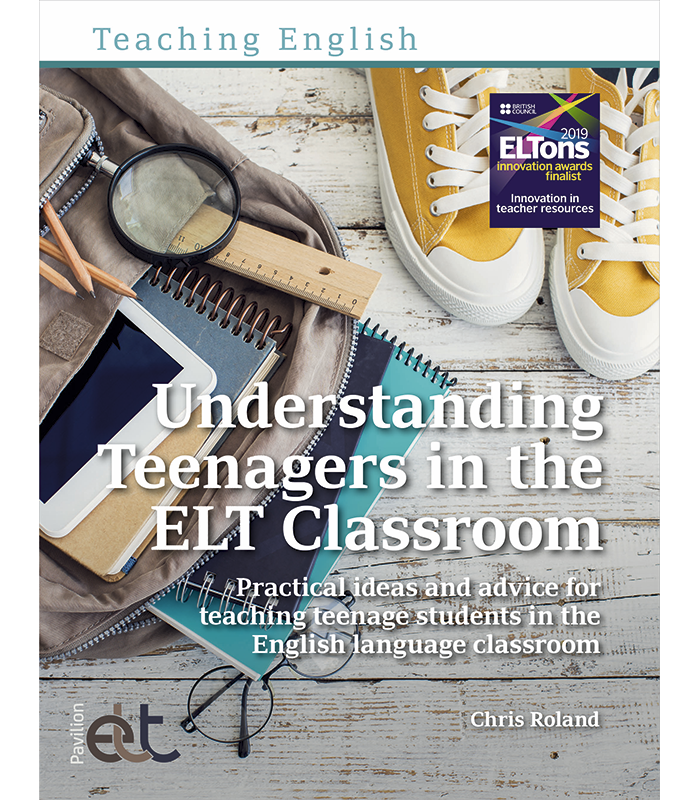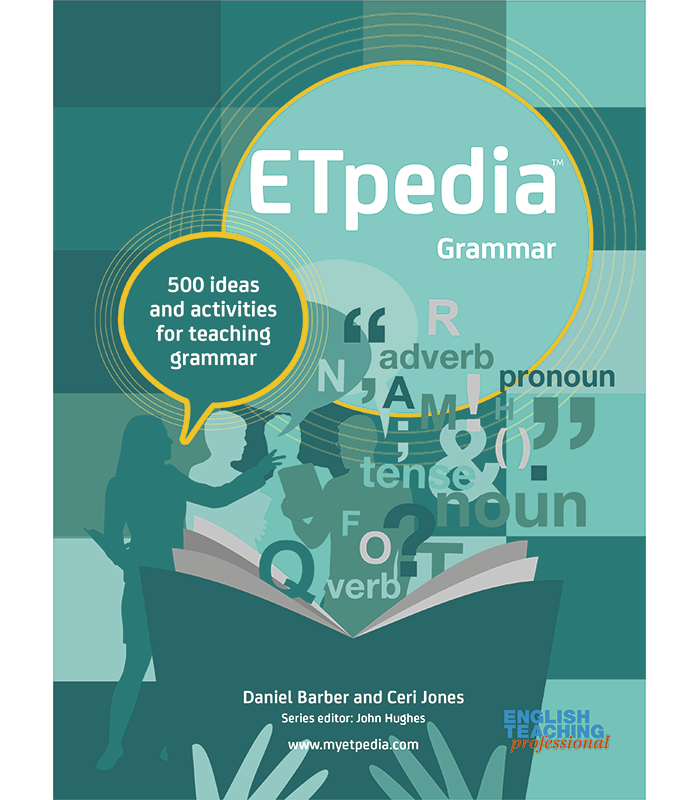
Risk Rules – A Practical Guide to Structured Professional Judgment and Violence Prevention
Assessing risk of future violence is an issue of perennial public concern. The field of violence risk management was born in a 1977 article by psychologist Peter Duncan Scott, who combined science with experience to lay the foundation for accurate clinical judgement as to an individual’s likelihood of future violence. Scott pointed to certain variables that were likely to predict future violence and others that, contrary to popular belief, were not. More than forty years on the field has blossomed, with a host of books, papers, instruments and specialist tools designed to aid clinicians in assessing children, sex offenders, prisoners, terrorists and more. Yet while academics may applaud this rapid accumulation of scholarship, real-world uptake of new ideas and information has often been less than ideal. Risk Rules – A Practical Guide to Structured Professional Judgment and Violence Prevention cuts through this complexity, offering a short, readable ‘primer’ that will give students, trainees and those working in the field a clear, contemporary overview of key principles and practices.
You may also be interested in Non-violent Resistance Programme


